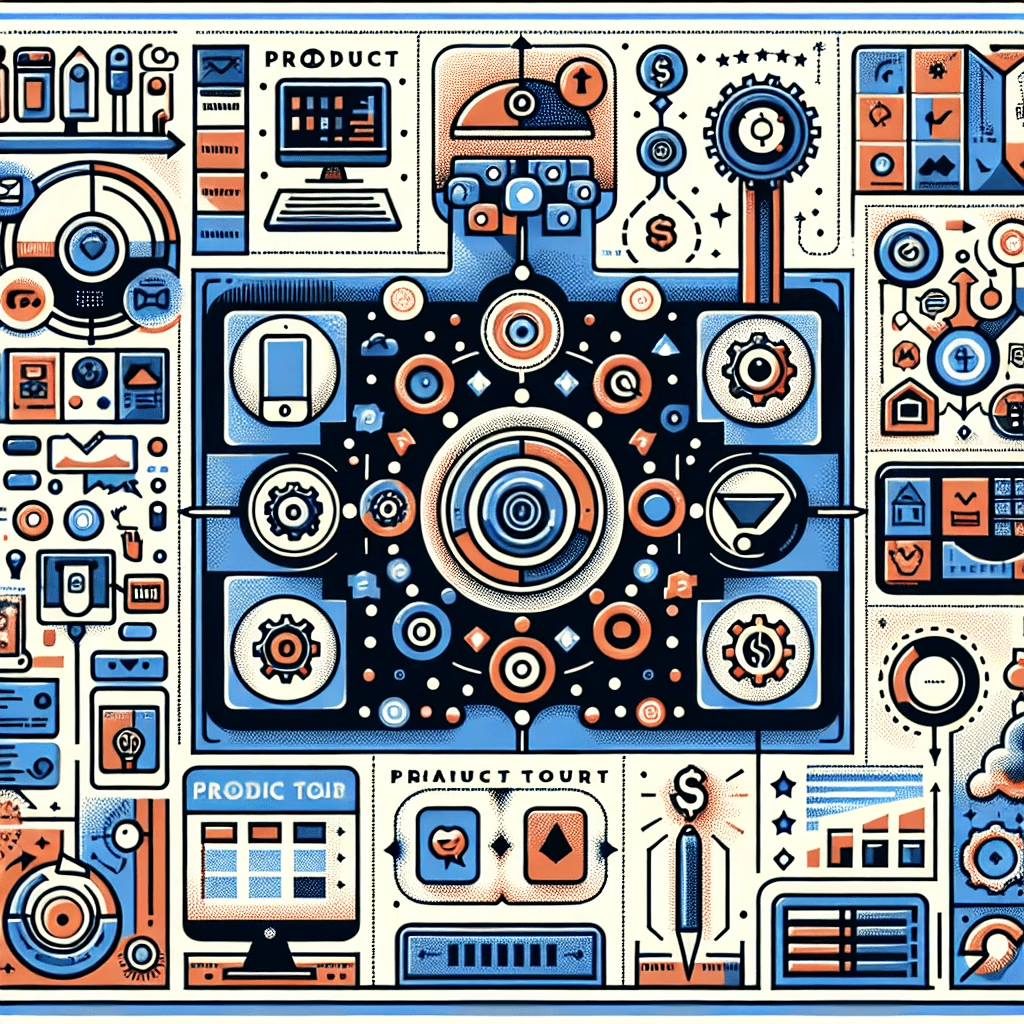In 2025, selecting the right product tour tool is vital for effective user onboarding. This guide explores top tools, emphasizing features and pricing. Userpilot offers a no-code platform for personalized web and mobile experiences, while Appcues excels in mobile-first onboarding. UserGuiding is budget-friendly for startups, Chameleon provides advanced customization for UX consistency, and WalkMe suits enterprise needs with its robust analytics. Each tool caters to different business requirements, ensuring a tailored onboarding experience.
Maia generates articles based on trends to try and identify topics worth exploring.
Unveiling the unseen truths of UX design is crucial for crafting meaningful user experiences. This involves confronting the often uncomfortable realities of user behavior through in-depth research, which can challenge assumptions and require changes. Presenting these truths demands empathy and strategy, focusing on undeniable facts, business benefits, and solutions. Real-world examples, like a retail website’s navigation overhaul and a mobile app’s registration revamp, highlight the impact of addressing UX truths.
Inclusive design is a mindset that emphasizes empathy and understanding of diverse user experiences. By recognizing biases and eliminating barriers, we create accessible products for all. Embracing diversity enhances solutions and enriches perspectives. Empathy helps us understand real user challenges, while flexibility and adaptability ensure usability for everyone. Inclusive design benefits all, as seen in Apple’s VoiceOver. Explore resources like W3C’s Web Accessibility Initiative for further guidance.
The landscape of AI products is rapidly evolving, yet many fall short of user expectations. Designers play a crucial role in enhancing these products by focusing on user experience and functional intelligence. By understanding AI capabilities and integrating them meaningfully, designers can create context-aware, anticipatory systems that feel intelligent and intuitive. Companies like Google and Apple exemplify this with their predictive and context-aware designs. The future of AI in product design lies in adopting an “AI lens” to create user-centric solutions.
In “The Three Essential Acts of Exceptional UX Design,” the journey mirrors a magic trick’s transformative power. It begins with “The Pledge,” crafting a first impression that is simple and engaging. “The Turn” delivers unexpected value, creating an “Aha!” moment. Finally, “The Prestige” ensures long-term satisfaction, leaving users loyal and delighted. Each act is crucial in converting ordinary interactions into extraordinary user experiences, emphasizing simplicity, clarity, and emotional resonance.
Remote work has reshaped UX design, offering flexibility but also stifling creativity. The absence of in-person team energy and spontaneous interactions, vital for innovation, highlights challenges like communication barriers and blurred work-life boundaries. Solutions lie in hybrid models, combining remote efficiency with office collaboration, and strategies like establishing clear boundaries, dedicated workspaces, and fostering virtual collaboration, ensuring UX designers can thrive creatively.
In the world of design, the swift shift from success to panic is termed the “Design Rollback.” This occurs when the initial acclaim for a design is followed by unexpected criticism. A case study of a product overhaul illustrates this: a prototype praised as innovative faced unforeseen issues during implementation. Managing stakeholder expectations through transparent communication and feedback loops is crucial. Building emotional resilience through mindfulness and peer support can help designers leverage feedback for growth.
The search landscape is shifting from traditional blue links to a conversational approach, led by ChatGPT. This tool exemplifies the future of search with its ability to understand complex queries, retrieve real-time data, and provide contextually relevant information. Key features include deep interaction, speed, and multimodal capabilities. ChatGPT’s strategy focuses on friction-free navigation, deep-research support, and a developer platform, offering a user-centric experience that redefines search.
In design, the choice between crafting custom solutions or using pre-existing defaults is critical, especially with limited resources and tight deadlines. The “Default It” approach leverages existing solutions for efficiency, while “Design It” invests in creativity for differentiation. Balancing these strategies ensures effective project management. By strategically choosing when to default or design, teams can enhance productivity and innovation, delivering captivating products that meet user needs.
With the European Accessibility Act (EAA) set to enforce new standards by 2025, businesses in the EU must adapt to ensure digital accessibility for all users. The EAA mandates compliance with WCAG 2.1 Level AA standards, impacting sectors like e-commerce and finance. Strategies for compliance include optimizing color contrast, ensuring keyboard accessibility, and enhancing multimedia accessibility. Tools like WAVE, Stark, and JAWS can aid in meeting these requirements, championing inclusivity as a moral and legal obligation.
